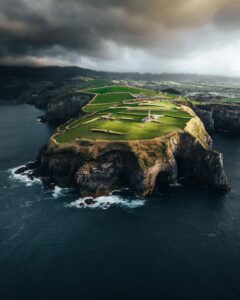
Photo tour in Azores, Portugal
Join us in the Azores for a unique photo tour, where you’ll elevate your creative skills with expert guidance from Ronald Soethje, Bruno Ázera, and Nomadict.
In this article, Jorge reflects on how Lisbon’s unique light and atmosphere shape his creative process, from waiting for the perfect beam of sunlight to editing with a cinematic eye. Through personal stories and practical advice, Jorge invites us to see street photography not just as a technique, but as a deeply personal dialogue with place and moment.
At university, I finally had the opportunity to engage seriously with photography. This deepened my interest in the subject, which I had had since I was much younger. I studied photography as part of my academic curriculum, including photojournalism and all its aspects.
Similarly, I’ve always loved cities; their energy, movement, and the unique rhythm and chaos of everyday life. This combination of interests made street photography a natural and almost instant choice for me.
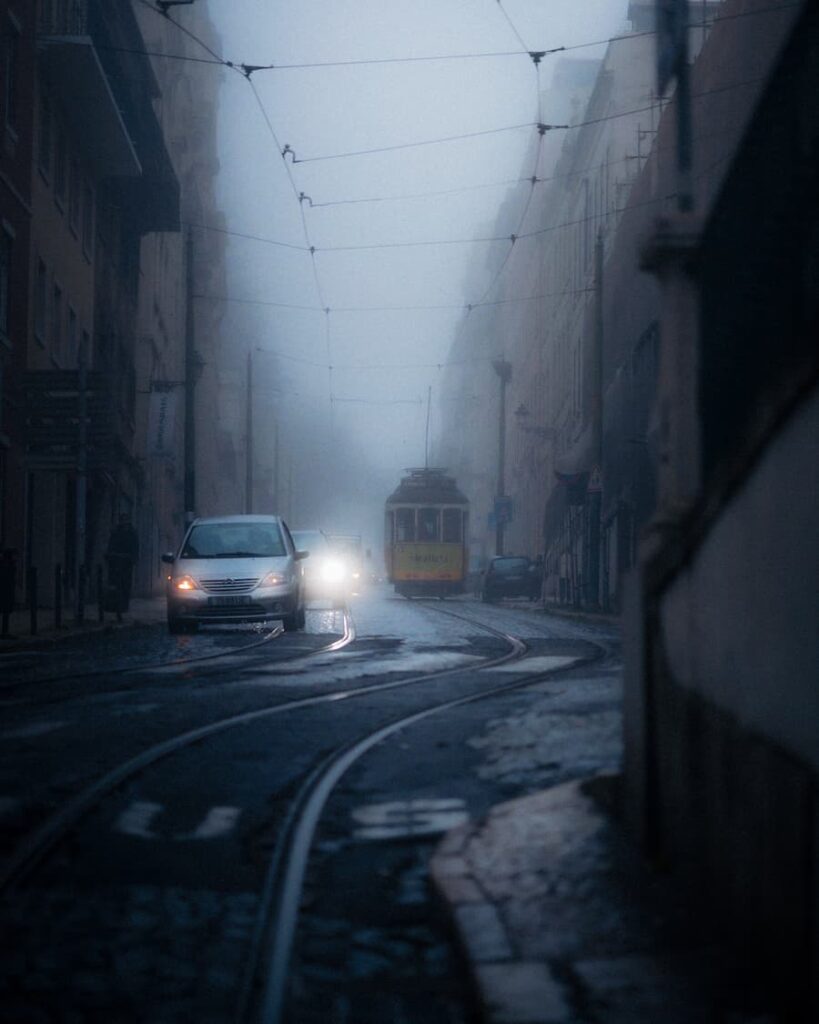
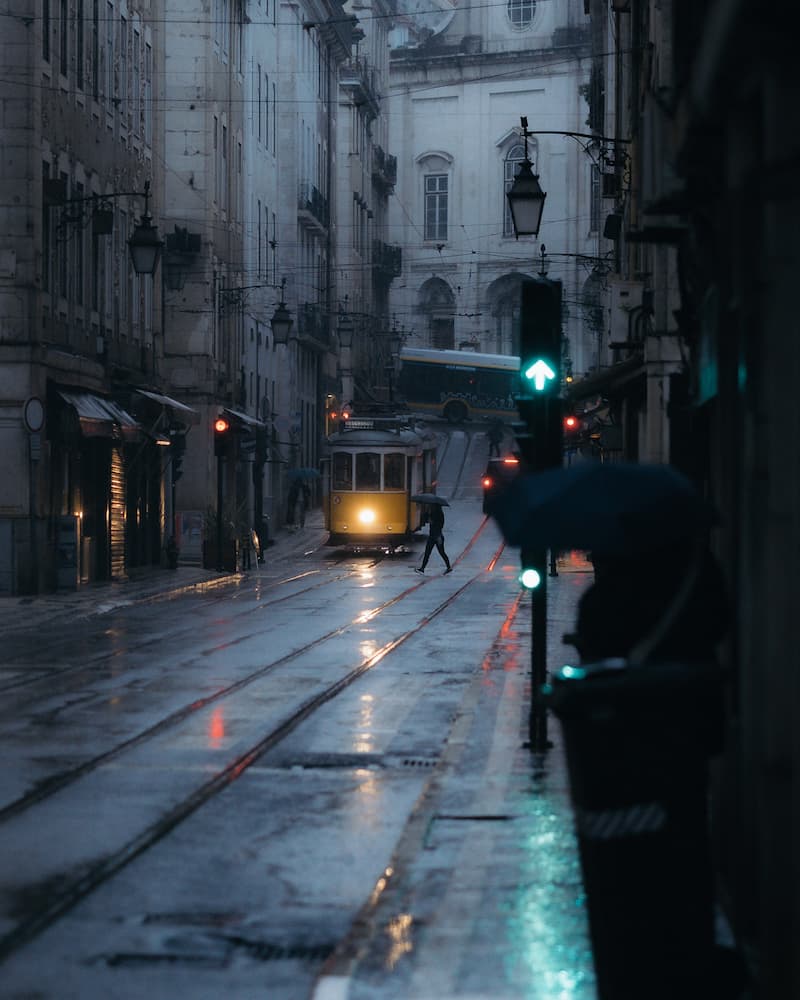
I was born and raised in Lisbon, a fascinating city with a strong atmosphere and character. To me, Lisbon is a feeling. A haven, a home, a place of shelter. Photographing Lisbon is something deeply intimate, almost like an extension of myself, because it’s impossible to separate who I am from all the memories and moments in this city that have shaped me into the person I am today. Of course, the culture, history, and traditions play a big role here as well and influence how I see the world. This is reflected in my images.
To me, photographing everyday street life – even in quieter places – feels magical. Whether it’s the people or the ecosystem created by the life happening around us, there’s always something captivating. The possibilities and situations are infinite, and each moment is so raw and authentic.
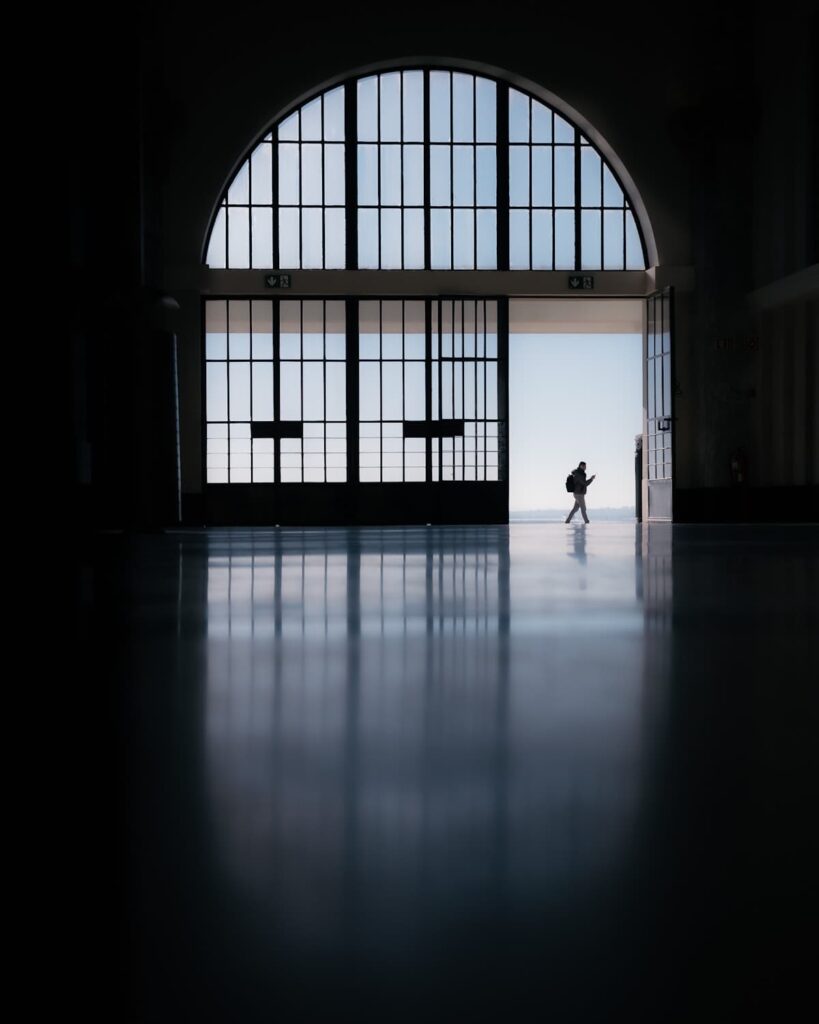
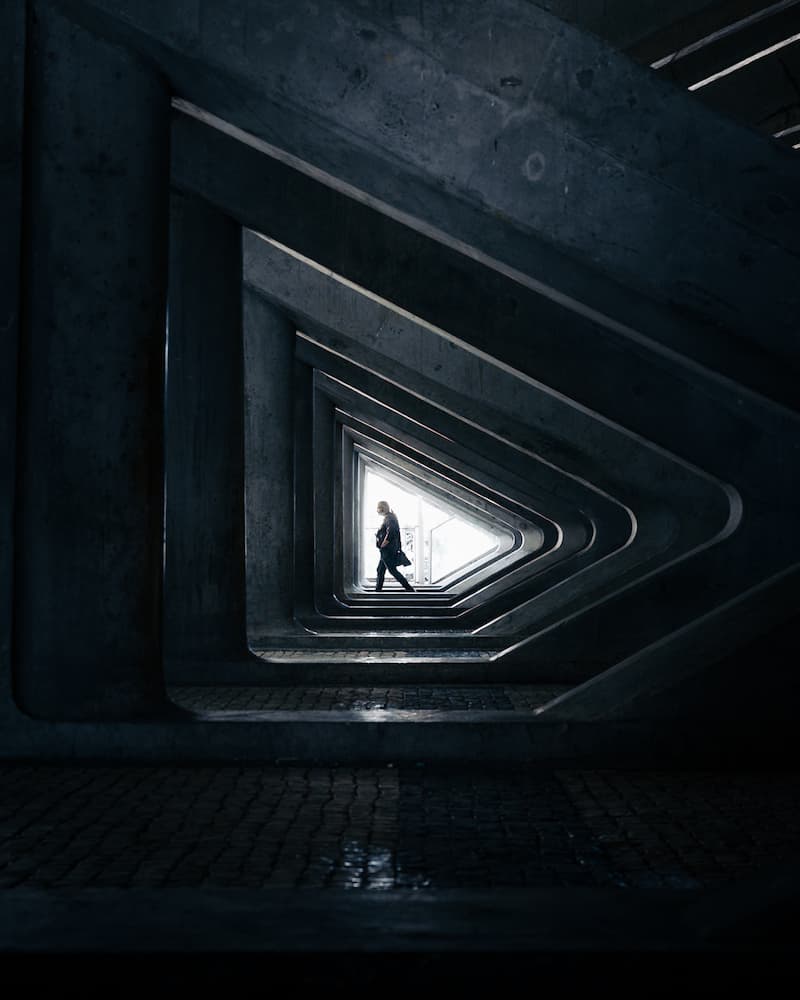
Street photography is, in my opinion, 90% about the moment — the rest is about the photographer. In street photography, the moment is unique; it doesn’t repeat itself. You can’t redo it, you can’t test it again — so above all, you have to know how to observe, how to really look, and be aware of everything happening around you. Then, you need to quickly identify what, in that particular moment, best serves your purpose.
In my process, I try to be patient, but it depends on what I’m aiming to capture. For example, if I’m looking for a specific beam of light, a certain shadow, or a reflection at a particular angle, I’ll wait. Other times, I’m just walking and the photo happens – a person passing by, a detail that catches my eye. So, in short, it’s a mix between waiting and searching.
As I know Lisbon very well, I’m aware of places where the light or atmosphere will be just right at certain times of the day, so I go there with intention. At other times, I force myself to walk the city aimlessly because that’s also how new inspiration is found.
Beyond the personal connection, photography itself demands both skill and vision. Like any art form, it makes each artist unique. Then there’s practice, intuition, perseverance… All of this requires effort and “sacrifice” – but isn’t that what we simply do when we truly enjoy something? For me, photographing is like stepping into a personal zone where everything shifts – it becomes just me and the world around me, and everything else fades into the background.
The light is one of the things that enchants me the most about Lisbon. It may sound biased, but to me, it is unique. Even after visiting many places around the world, I’ve never seen light quite like this. Color plays an essential role in my photography. Warm versus cool tones are often present in my work.
I truly enjoy shooting at sunrise. Golden and orange hues are closely tied to my visual language, and that kind of light is a signature element in many of my photos. Then there are the blues: Lisbon is a city where one side is embraced by the river, and in the distance, you have the ocean. It is the perfect combination when it comes to photographing this incredible city. These two factors naturally have a strong influence on the tones I bring into my images.


When editing, I try to complement these tones with more neutral shades to create a more “natural” overall look. Over time (and I believe this is something every photographer experiences), the need for heavy editing decreases as we get to know our equipment better and our photographic style evolves. Editing becomes more of a finishing touch than something used to “create” the photograph.
Still, as a photography lover and naturally, a cinema enthusiast, editing is an essential part of my process. As I mentioned earlier, I studied photography and design, and Art has had a tremendous impact on the way I think and see the world. I often joke that my brain works in images.
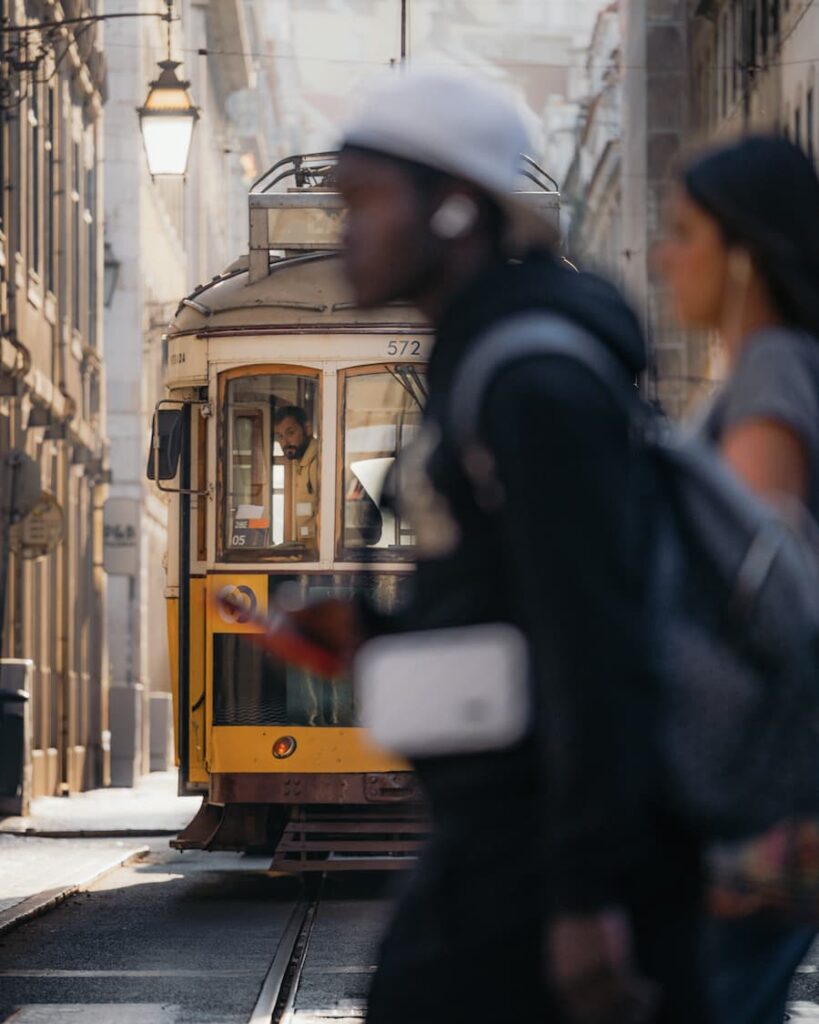
I usually shoot in RAW, and as I’m photographing, I almost instantly form a mental image of the final result, the post-production version. It’s a very instinctive process for me. I’ve always worked this way, even back in my drawing classes, and it’s the same with photography. The vision for the edit appears in my mind right away.
From there, it’s just a matter of bringing that “idea” to life. Lightroom is my main editing tool; I rarely use anything else, with the occasional exception for Photoshop. In Lightroom, I often reduce the contrast from the RAW file to give the image a more cinematic feel. Masks are essential in my workflow too: they help highlight the exact element that drew me to capture the photo in the first place.
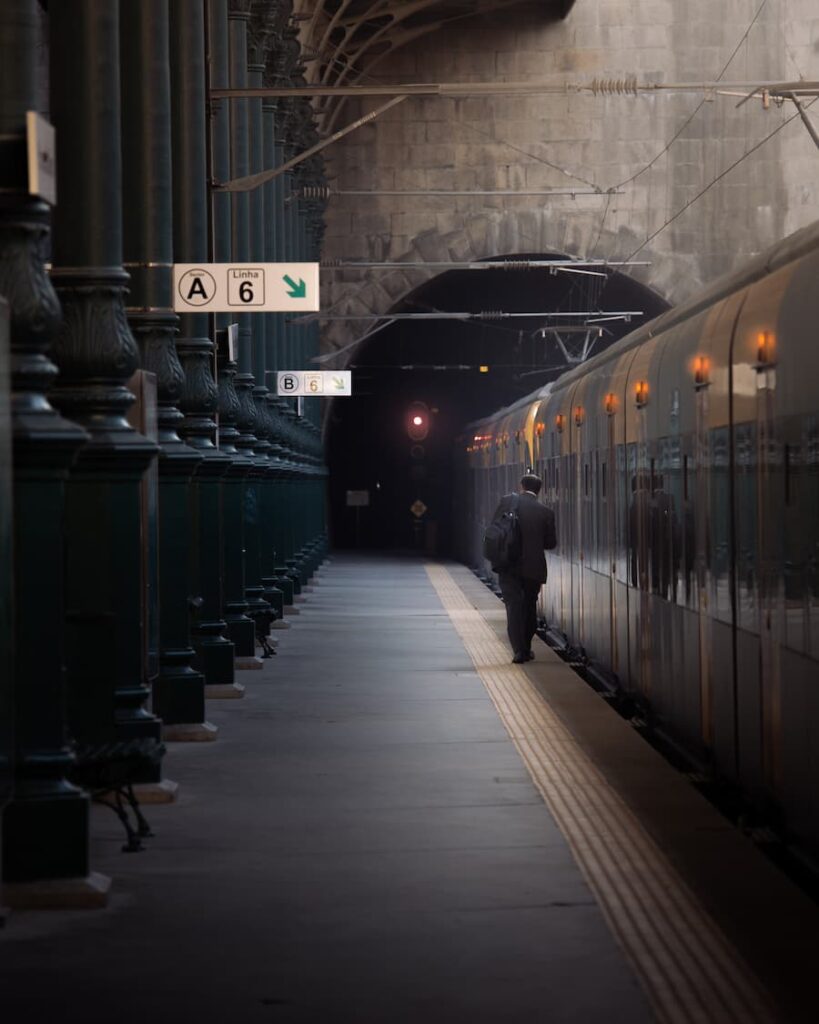
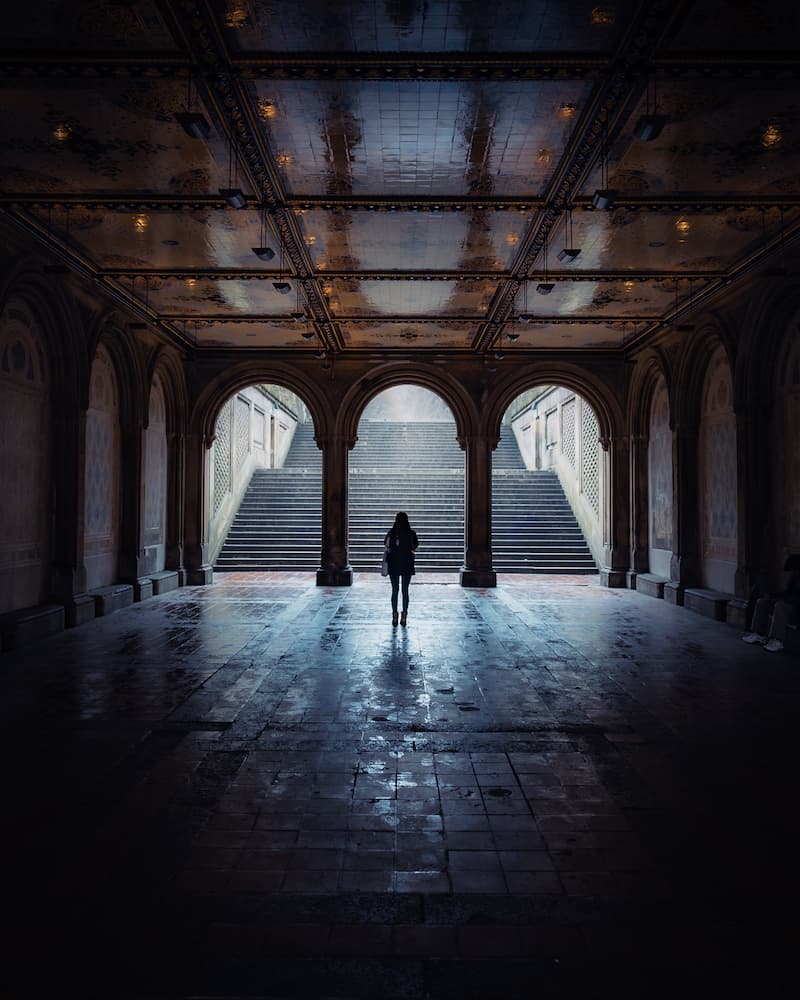
As with any photographer, my editing style has evolved. Nowadays, I work with three or four presets that I’ve developed and refined over the years, and I use them consistently. If someone wanted to develop a strong personal style, and if I were to give tips based on the lessons I learned over the past years and my path of growth, I would start with emphasizing the importance of understanding the fundamentals of photography. That technical foundation is essential, in my opinion, to truly grasp how your gear works and how the elements involved in capturing an image behave.
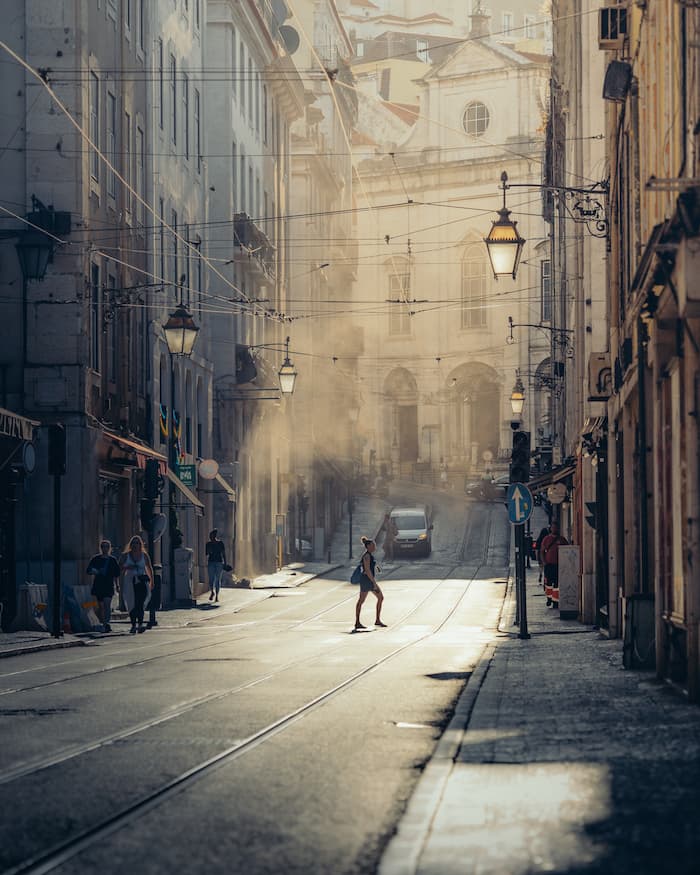
Next, what helped me enormously was to go out and shoot a lot! Test things, experiment. Developing a personal style is, for the most part, about resilience and taking a huge number of photos. Finding your style isn’t something that just “happens” – it takes time, effort, and above all, a deep passion for what you do.
Studying the work of others and having references is also essential. That’s where inspiration comes from. The photographers you admire and the elements you love most in their work all contribute to the shaping of your style.

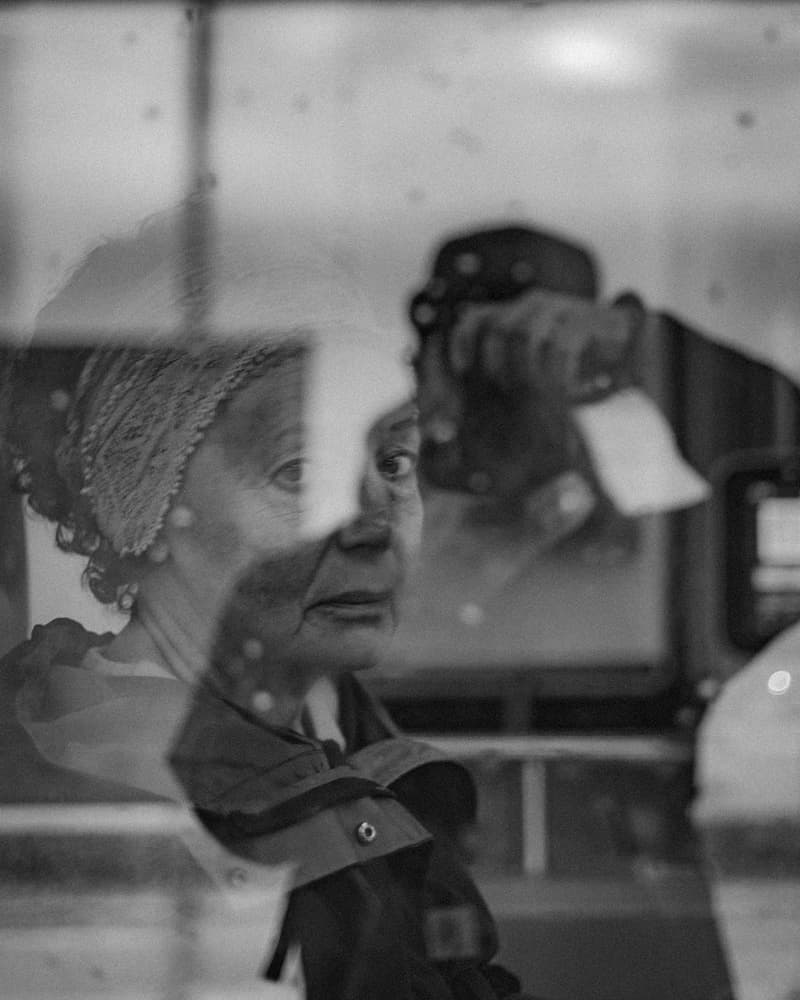
Finally, editing is just as important. It’s an extension of your creative voice and a key part of giving your images a more personal and defined touch.
In short, there’s no secret formula. Gear isn’t the most important thing, and I think that’s something beginners need to understand. Of course, it helps, but what matters far more is what I mentioned earlier: get out there, explore, shoot. There will be days when you feel stuck, or like nothing you captured is worth keeping, but those days are what help you grow. They teach you not to repeat the same mistakes, and ultimately, they’re what push you forward as a photographer.

Join us in the Azores for a unique photo tour, where you’ll elevate your creative skills with expert guidance from Ronald Soethje, Bruno Ázera, and Nomadict.
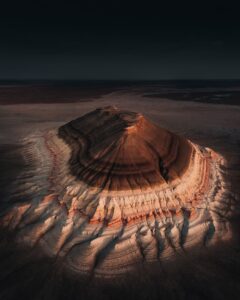
In this article, Forest shares how years of chasing scale, silence, and raw landscapes shaped his approach to photography, from the deserts of Kazakhstan to the volcanic ridges of Iceland. He talks about how he uses light, texture, and vast negative space to create images that feel both intimate and overwhelming.
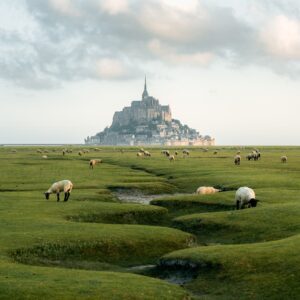
Simon shares the journey behind his photography, from early inspirations to field techniques, editing, and the story of the winning shot that shaped his path.

In this article, Miro shares how his love for cinematic music evolved into a deep passion for photography and how he uses light, color, and atmosphere to turn the streets of Prague into living film scenes.

In this article, Stefanie reveals how her background in physics sparked her passion for astrophotography and how she blends science with creativity to capture the beauty of the night sky. Readers will discover her approach to color, contrast, and editing, as well as her aurora photography workflow.

Spanish photographer Yhabril captures the profound connection between humans and the mountains that shaped him. Growing up in the Pyrenees, his work bridges outdoor sports, landscapes, and celestial scenes — often blending athletes, moonlight, and wilderness into striking visual stories.

In this article, Ariane shares how photography helped her navigate personal challenges, connect authentically with people and animals, and develop a philosophy rooted in empathy and artistic freedom. Readers will also discover her ethical approach to wildlife photography and her trusted equipment for both camouflage techniques and cameras.

Discover how to photograph Dutch tulip fields in their most magical light. From choosing the right gear and lenses to mastering composition, color, and aerial perspectives, this guide shares creative techniques to capture the beauty of the Netherlands’ tulips. Learn how light, color grading, and proportion bring emotion into every frame.
